Elgar Fleisch
Comparative Efficacy of Commercial Wearables for Circadian Rhythm Home Monitoring from Activity, Heart Rate, and Core Body Temperature
Apr 04, 2024
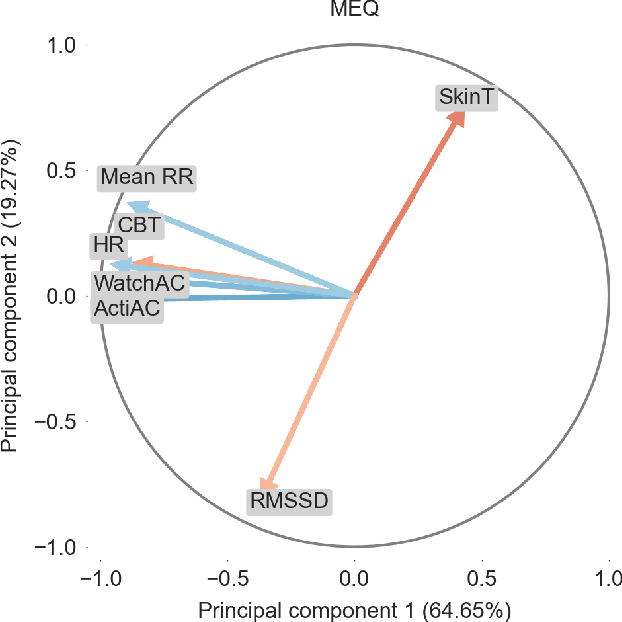
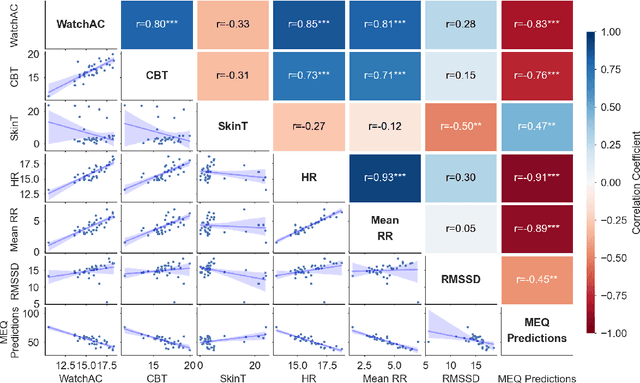

Abstract:Circadian rhythms govern biological patterns that follow a 24-hour cycle. Dysfunctions in circadian rhythms can contribute to various health problems, such as sleep disorders. Current circadian rhythm assessment methods, often invasive or subjective, limit circadian rhythm monitoring to laboratories. Hence, this study aims to investigate scalable consumer-centric wearables for circadian rhythm monitoring outside traditional laboratories. In a two-week longitudinal study conducted in real-world settings, 36 participants wore an Actigraph, a smartwatch, and a core body temperature sensor to collect activity, temperature, and heart rate data. We evaluated circadian rhythms calculated from commercial wearables by comparing them with circadian rhythm reference measures, i.e., Actigraph activities and chronotype questionnaire scores. The circadian rhythm metric acrophases, determined from commercial wearables using activity, heart rate, and temperature data, significantly correlated with the acrophase derived from Actigraph activities (r=0.96, r=0.87, r=0.79; all p<0.001) and chronotype questionnaire (r=-0.66, r=-0.73, r=-0.61; all p<0.001). The acrophases obtained concurrently from consumer sensors significantly predicted the chronotype (R2=0.64; p<0.001). Our study validates commercial sensors for circadian rhythm assessment, highlighting their potential to support maintaining healthy rhythms and provide scalable and timely health monitoring in real-life scenarios.
"Are you okay, honey?": Recognizing Emotions among Couples Managing Diabetes in Daily Life using Multimodal Real-World Smartwatch Data
Aug 22, 2022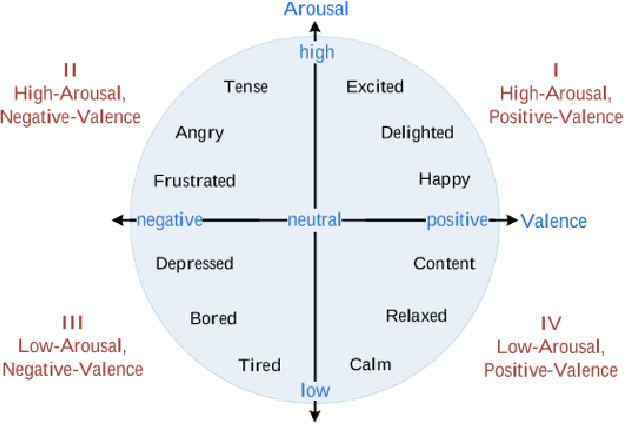

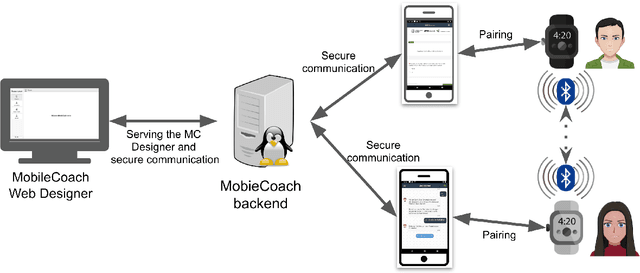

Abstract:Couples generally manage chronic diseases together and the management takes an emotional toll on both patients and their romantic partners. Consequently, recognizing the emotions of each partner in daily life could provide an insight into their emotional well-being in chronic disease management. Currently, the process of assessing each partner's emotions is manual, time-intensive, and costly. Despite the existence of works on emotion recognition among couples, none of these works have used data collected from couples' interactions in daily life. In this work, we collected 85 hours (1,021 5-minute samples) of real-world multimodal smartwatch sensor data (speech, heart rate, accelerometer, and gyroscope) and self-reported emotion data (n=612) from 26 partners (13 couples) managing diabetes mellitus type 2 in daily life. We extracted physiological, movement, acoustic, and linguistic features, and trained machine learning models (support vector machine and random forest) to recognize each partner's self-reported emotions (valence and arousal). Our results from the best models (balanced accuracies of 63.8% and 78.1% for arousal and valence respectively) are better than chance and our prior work that also used data from German-speaking, Swiss-based couples, albeit, in the lab. This work contributes toward building automated emotion recognition systems that would eventually enable partners to monitor their emotions in daily life and enable the delivery of interventions to improve their emotional well-being.
Driver Identification via the Steering Wheel
Sep 09, 2019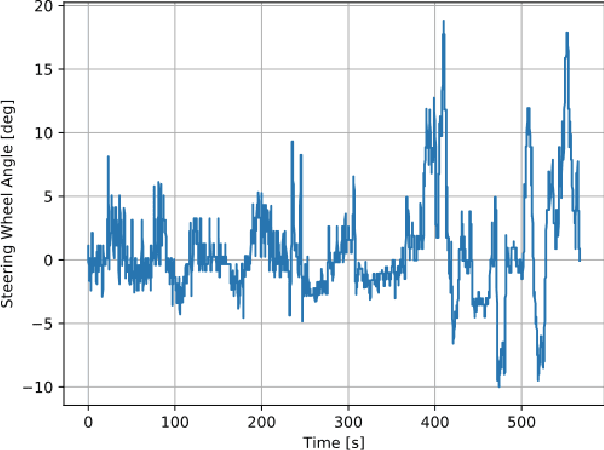
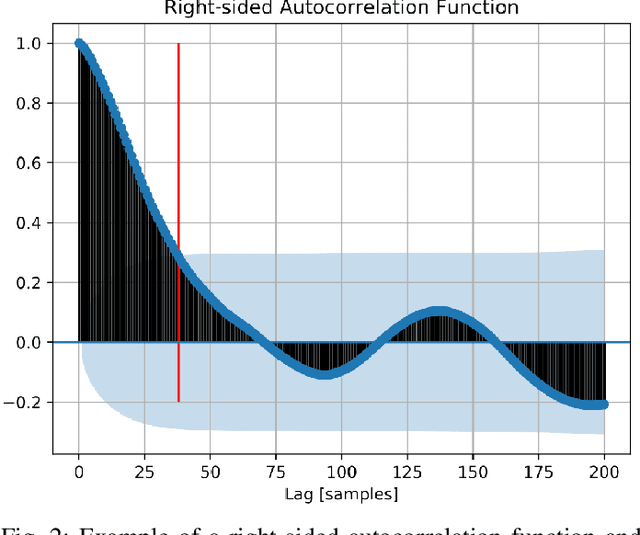
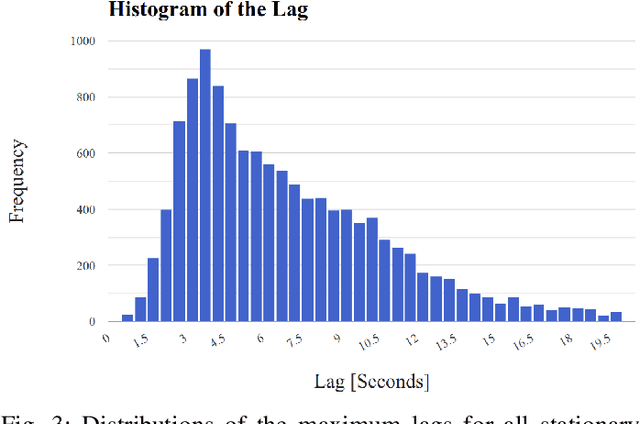
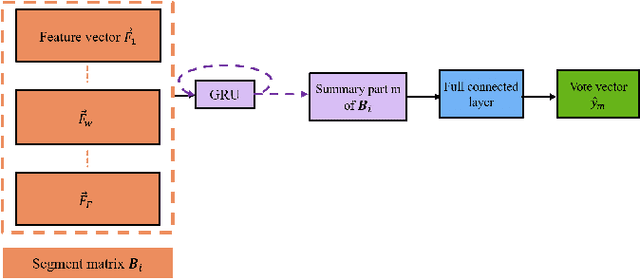
Abstract:Driver identification has emerged as a vital research field, where both practitioners and researchers investigate the potential of driver identification to enable a personalized driving experience. Within recent years, a selection of studies have reported that individuals could be perfectly identified based on their driving behavior under controlled conditions. However, research investigating the potential of driver identification under naturalistic conditions claim accuracies only marginally higher than random guess. The paper at hand provides a comprehensive summary of the recent work, highlighting the main discrepancies in the design of the machine learning approaches, primarily the window length parameter that was considered. Key findings further indicate that the longitudinal vehicle control information is particularly useful for driver identification, leaving the research gap on the extent to which the lateral vehicle control can be used for reliable identification. Building upon existing work, we provide a novel approach for the design of the window length parameter that provides evidence that reliable driver identification can be achieved with data limited to the steering wheel only. The results and insights in this paper are based on data collected from the largest naturalistic driving study conducted in this field. Overall, a neural network based on GRUs was found to provide better identification performance than traditional methods, increasing the prediction accuracy from under 15\% to over 65\% for 15 drivers. When leveraging the full field study dataset, comprising 72 drivers, the accuracy of identification prediction of the approach improved a random guess approach by a factor of 25.
 Add to Chrome
Add to Chrome Add to Firefox
Add to Firefox Add to Edge
Add to Edge